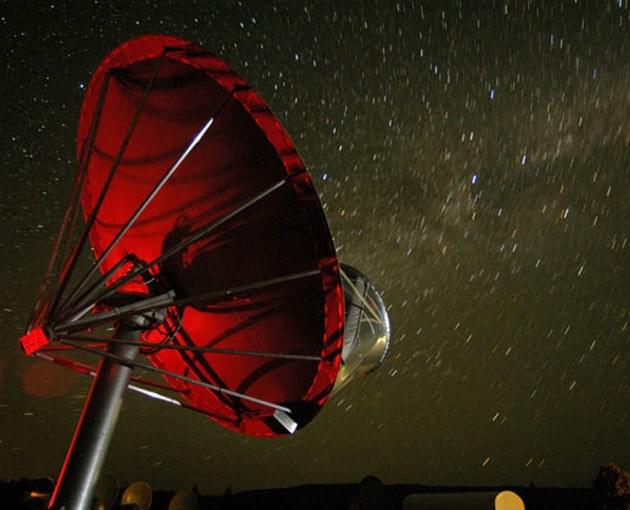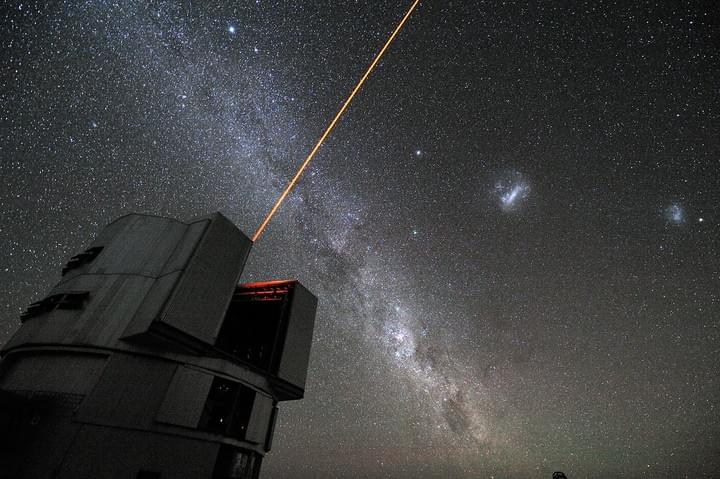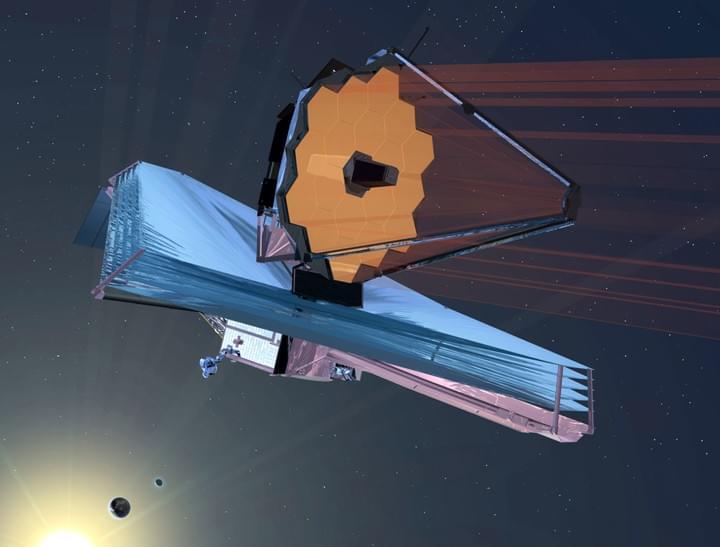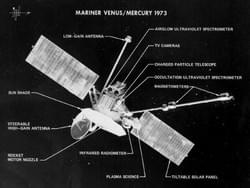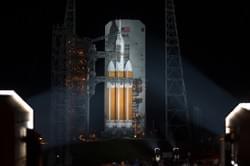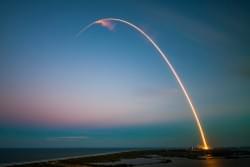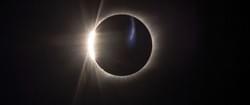
A Trilogy
Mercury Ice
The Trilogy

Mercury Ice—The Seventh Coordinate
In the pre-dawn hours of March 7, 2019—everything changes. And a closely-guarded, 45-year old government secret is revealed.
At last—the United States detects a radio signal from space that astronomers and stargazers have spent decades searching and longing for.
Part of an intended trilogy, Mercury Ice pivots around a SETI intern’s astonishing find of another human civilization located on an isolated region on the planet Mercury. The discovery is made after capturing transmission broadcasts issued into space from a Mercurian scientist and his young daughter, also in an eager attempt to locate other civilized life. Interplanetary communication transpires between the similar life forms on two vastly diverse planets. Teen angst and love stories emerge, as well as government cover-ups, culminating as both civilizations discover a shocking linked history never before imagined.
Mercury Ice—The Seventh Coordinate
Available at Amazon/Kindle -
E-Reader and Print

Mercury Ice—The Journey (Book Two)
"Mercury Ice—The Journey" is the second book of a trilogy, beginning where “Mercury Ice—The Seventh Coordinate” ended. Plans are underway to send a manned ship from Earth to Mercury, whereby four astronauts will likely spend the remainder of their lives, interacting with, teaching and learning from the recently discovered Mercurian civilization who refer to themselves as Leverons. Both planets continue to work together to decipher their linked histories, seeking to preserve the trust of one another as secrets unfold. The unprecedented mission ensues, resulting in a perilous 174-day attempt to reach our galaxy's neighbors on the planet closest to the Sun. But once the rocket ignites, what is being left behind? As a parent or friend... how does one say any goodbye....
...that means FOREVER?
Available at Amazon/Kindle -
E-Reader and Print

Mercury Ice—The Answer (Book Three)
The final book of the trilogy begins where “Mercury Ice—The Journey” concluded.
Book Three, Part I—Four astronauts from Earth arrive, all battered and bruised but alive, from a harsh and forbidding excursion that has taken six months. The 49.3 million miles of travel were undertaken to begin a new life on the ice-infused region of the planet Leven, formerly known as Mercury. Hopeful for a calm and quiet life of teaching and learning, their new world becomes anything but, as the months and years pass by.
Book Three, Part II—As America’s energized space program makes astonishing advances in high-speed space propulsion and design technology over the next two decades, it quickly becomes apparent that Earth’s geopolitical forces yearn for and demand a role in the policy making affairs and the natural resources of Leven, holding countless and dubious intentions. In response, the Leverons elect a bold and formidable leader in order to hold its charismatic, yet underhanded and aggressive neighbor accountable. That elected tough but fair trailblazer played a pivotal role in the first contact with Earth, highly endeared to both those on Earth and Leven—Darklin VanLacy.
As Darklin’s governance comes to a close, NASA unveils a revolutionary new ion-drive interplanetary space plane—THE AURORA. Thereafter, the two worlds prepare for the first Leverons to journey to and set foot on Earth.
Culminating in a dramatic ending, both worlds stand speechless and in wonder at THE ANSWER revealed. With it comes a revelation that will challenge both planets’ inhabitants to rally and collaborate in order to attain a common goal.
Available at Amazon/Kindle - 2023
Reviews
Book Reviews from the United States and the United Kingdom

"As original as they come! The end will have you begging for Book Two!"
"I have read my fair share of sci-fi books, and have never read one that is anything like Mercury Ice! Everything about this book is original and well thought-out... oh, and you won't believe the twist at the end!!! This is Morrow's first book, and I am truly impressed with how realistic and creative his ideas are. I can't wait for the next one!!! Hollywood - pay attention - this would make a GREAT movie!"
"An enthralling read. As a hardcore sci-fi fan for over 50 years, I was pleased with the content and original storyline. The character descriptions are very vivid giving you the feeling that you actually knew them. I normally look for space war shoot-em ups, but this sensitive and emotional story captivated me. Hurry up with parts two & three."

"Mr. Morrow has crafted a clever and compelling story that is accessible even to those of us who aren't steeped in the Sci-Fi genre. He offers up different characters for the audience, spending time developing each character in his converging storyline."
"This is the best laid out plot I have seen in a while; best I've read since 'the Martian' and there have been many since then. It was not hard to guess the underlying theme but that did not take away from the continued anticipation. Very good writing, I'm anxious to get going on Part II."
"This story is the brilliant tale of finding life in a small corner of the planet Mercury that can support life. Morrow has a gift for making readers feel the story with his readers, from the amazement of the initial discovery to the excitement and intrigue of first contact between these two humanoid settlements."
Email-Web-Excerpts-Teasers
mercuryicetrilogy@gmail.com
www.mercuryicebook.com

The 30-Meter Telescope
“The Thirty-Meter Telescope (TMT) will be the world’s most advanced and capable ground-based optical, near-infrared, and mid-infrared observatory. It will integrate the latest innovations in precision control, segmented mirror design, and adaptive optics.”
TMT Observatory Corporation
This telescope will play a pivotal role in Mercury Ice—Book Two & Three.
Photo Credit: TMT Corp.

Orion Nebula & Orion Star Constellation
Books One, Two & Three
Orion, the Hunter, is by far the most famous star constellation. No other is more distinct or bright as this northern-viewed constellation. The famous “Orion's Belt” makes the hunter easy to find in America's night sky.
Orion looks very much like a person. First, you should spot Orion's Belt, which is made of three bright stars in a straight line. One of Orion's legs is represented by the bright star Rigel, one of the brightest stars in the night sky. His two shoulders are made of the stars Bellatrix and Betelgeuse. You can see Betelgeuse's reddish color without a telescope. Other bright stars make up the two arms, one which holds a shield, and another that carries a club.
Many different civilizations saw this constellation in the sky. The most famous stories come from Greek and Roman myths. Orion was a famed hunter, and in one story boasted that no creature could kill him. "Hera" sent a scorpion to sting the hunter. Orion smashed the animal with his club, but not before he was poisoned. Both are now on opposite sides of the sky. They cannot be seen at the same time.
So why does one of the pyramids of Egypt point directly to one single star in this constellation?

Ice Suits / Cave of Crystals, Chihuahua, Mexico
Mercury Ice—Book One excerpt:
“The suit weighs close to seventy pounds in Earth’s gravity when it is chilled, filled with water and ice. It has time limits for use depending on the heated environment type, but it allows the wearer to breathe cool air instead of the intense heat. It permits the operator to maintain an appropriate, constant skin temperature to work, without harm. However, the suit operator must be in excellent physical health, an athlete in fact, to wear and operate it in such extreme environments. An explorer wears a backpack that contains a reservoir of cold water and ice. The pack itself contains pre-frozen metal cylinders submerged in ice water. A small electric fan blows cold air into a face mask. The chilled air and water also circulate through the suit via silicon rubber hoses and finally, over a series of chilled ice gel packets that are placed throughout the suit. So far, usage time for the Mexico cave has been in the 45-minute to one-hour time range before the suit’s cooling systems have to be re-chilled and the water and ice refilled…”
Photo Credit: National Geographic

Laser Beacon
Mercury Ice—Book One excerpt:
"As the beam shot through the solar system to deliver Earth’s message, a high school marching band from Honolulu began to play. Kim could not remember SETI’s personnel, in fact, the entire nation, being this excited in a long time. She hoped the entire world felt the same. Camera and news crews from around the globe were covering the event. Yang and Matthew had come and Kim had flown her mother and niece out for the beacon’s activation and post-launch party.
"Yang was standing away from everyone in a field of grass staring up, saying nothing. Malloy looked over at him and knew that Yang’s brain was operating like a computer, calculating a mile-a-minute. Malloy opened a backpack, removing two bottles of champagne, popping the corks on both. All the older adults had a plastic cup full, and Malloy even gave Matthew and Kim’s niece a quarter cup. Yang was completely entranced. Malloy walked to where he was standing and had to physically move Yang’s fingers to grip the cup. The light beam would reach the Northern polar region of the planet, Mercury, four minutes and 41 seconds later, after traveling 49.3 million miles through the blackness of space…”
Photo Credit: ESO/G.

The James Webb Space Telescope
“Orbiting through space nearly a million miles from Earth, the James Webb Telescope will open up new expanses of the near and distant universe to our view. Webb's infrared-detecting gaze will penetrate clouds of dust within our own galaxy to reveal previously hidden secrets, and reach back in space and time to view the very edge of the cosmos.”
National Aeronautics and Space Administration
Scheduled to launch in 2018, this telescope makes a powerful appearance in Mercury Ice—Book Two.
Photo Credit: NASA/JPL

Black Knight Satellite
Thermal blanket sheered off from extravehicular activity (EVA) from one of the Apollo missions from 1969 to 1972 or is this the Black Knight satellite... claimed by some conspiracy theorists to be an object estimated at 13,000 years old of extraterrestrial origin orbiting Earth in a near-polar orbit?
Photo Credit: NASA
Google: "Black Knight Satellite"

The Author
Michael D. Morrow
A native of Georgia, Mercury Ice is his first leap into the world of science fiction writing. As a preschooler who went outside to try and actually see the astronauts walking on the moon in the summer of 1969, he has remained a stargazer and astronomy buff.
Copyright © 2016. Mercury Ice—The Seventh Coordinate. All Rights Reserved.
Copyright © 2018. Mercury Ice—The Journey. All Rights Reserved.
Copyright © 2023. Mercury Ice—The Answer. All Rights Reserved.





